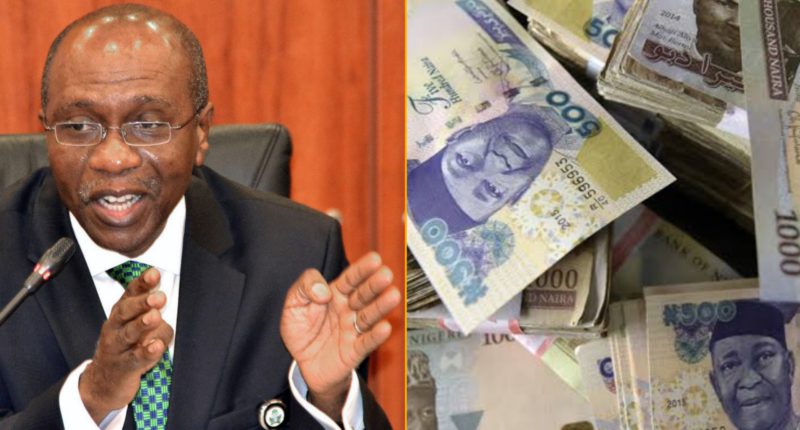The governor of the Central Bank of Nigeria (CBN), Godwin Emefiele, shocked citizens on Wednesday when he announced the plans of the apex bank to introduce new designs of the N200, N500, and N1,000 notes by December 15th 2022.
The proposed plan, which is to begin 50 days from now, aims at mopping up excess cash and combating inflation and insecurity by forcing Nigerians to add currencies currently in circulation into the banking system. The period of exchange would run from December 15th 2022 – January 31st 2022.
Why the CBN is changing bank notes
Godwin Emefiele claimed that “85 percent of the currency in circulation is outside the volts of our commercial banks.” He added that “N2.73 trillion out of the N3.23 trillion currency in circulation was outside the volts of commercial banks across the country.” Also, Nigeria is recording a spike in the rate of counterfeit N500 and N100 bank notes. To tackle these concerns, the CBN governor listed the following solutions:
- Redesigning the country’s bank notes would make ransom paid to terrorists and kidnappers more difficult.
- Nigerians depositing over N150,000 of old currency would pay a deposit fee which would generate revenue for the federal government.
- Redesigning bank notes is a general practice which the CBN has not done in many years.
- The policy could encourage the adoption of eNaira, as depositing funds would push Nigerians to favour electronic means of payments.
Why is there so much cash outside the banking system?
The Nigerian economy is a cash-based system. Many Nigerians keep loads of cash in hand due to the distrust of electronic payment systems and the fees attached to constant withdrawal. Undeniably, there are illicit funds in the hands of citizens who are deliberately keeping them out of the banking system due to the fraudulent means by which they were acquired.
How much does it cost to print banknotes?
According to the annual report for the currency operations department of the CBN in 2020, the cost of printing 246,236 boxes of new bank notes worth N1.03 trillion was N58.62 billion. The CBN also spent an additional N4.59 billion on distributing the newly printed funds. Therefore, the CBN would have to seek billions of Naira to print and circulate the new notes.
The big picture
Redesigning bank notes is a global practice, as stable economies, including the US, UK and UAE, have all recently changed the currency in circulation. This policy could return a significant amount of cash into the banking system, thereby reducing the interest rates. Electronic means of payment would surge, although this does not necessarily favour the adoption of eNaira.
Also, this policy can help financial authorities identify illicit funds through huge cash deposits, include more Nigerians into the tax net by flagging huge cash deposits and reduce cash hoarding in preparation for vote buying in the 2023 general elections.
- As a counter, if the holders of unexplained huge amounts of cash choose to convert their monies to digital assets or foreign currencies, there could be further inflation and depreciation of the Naira.
- Also, redesigning the Naira has little effect on bettering the crashing economy, as Nigeria is facing fundamental financial crises such as insufficient forex in circulation, depreciating Naira, etc.
- Redesigning currencies also comes with huge logistics costs and discomfort to small businesses in rural communities.

